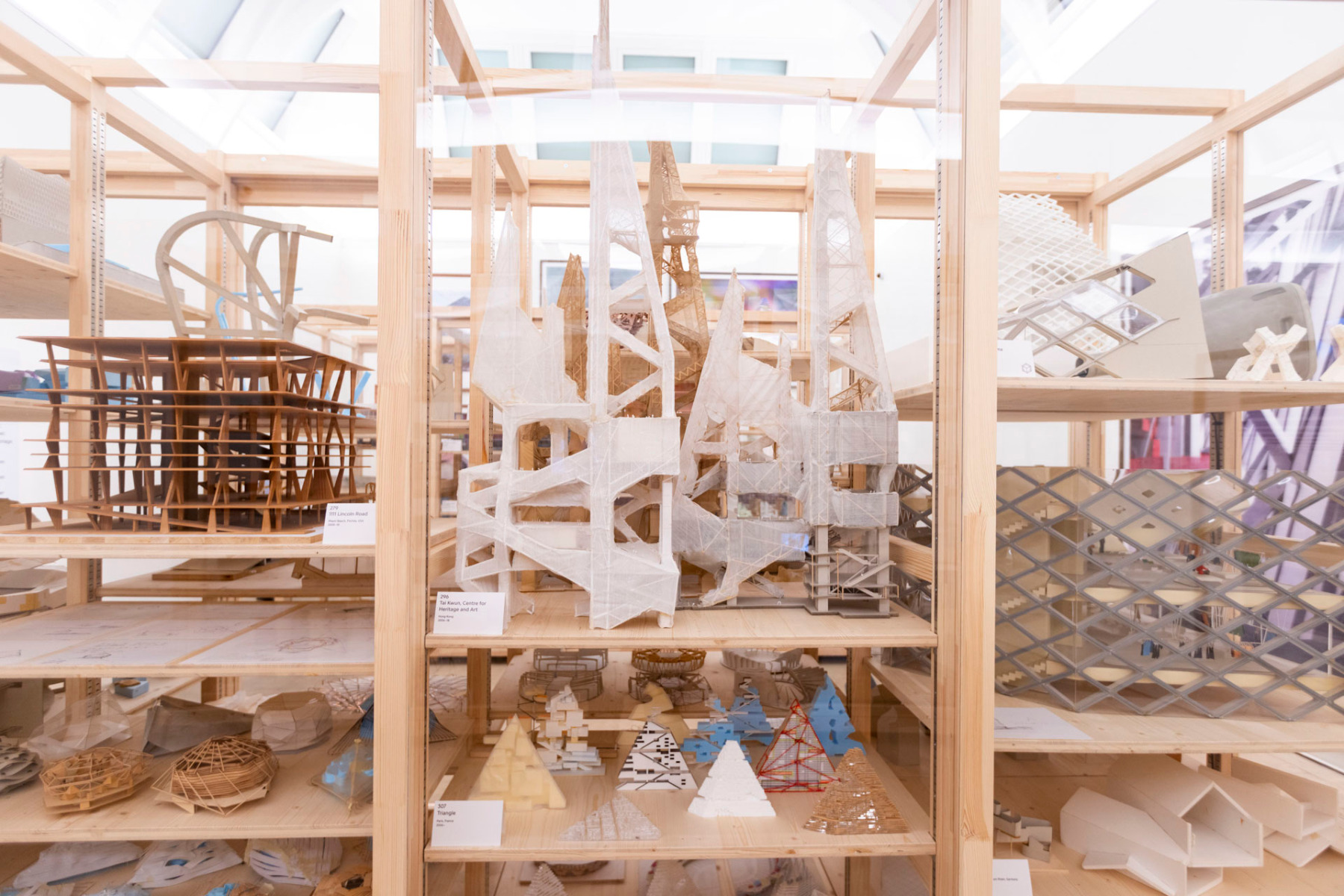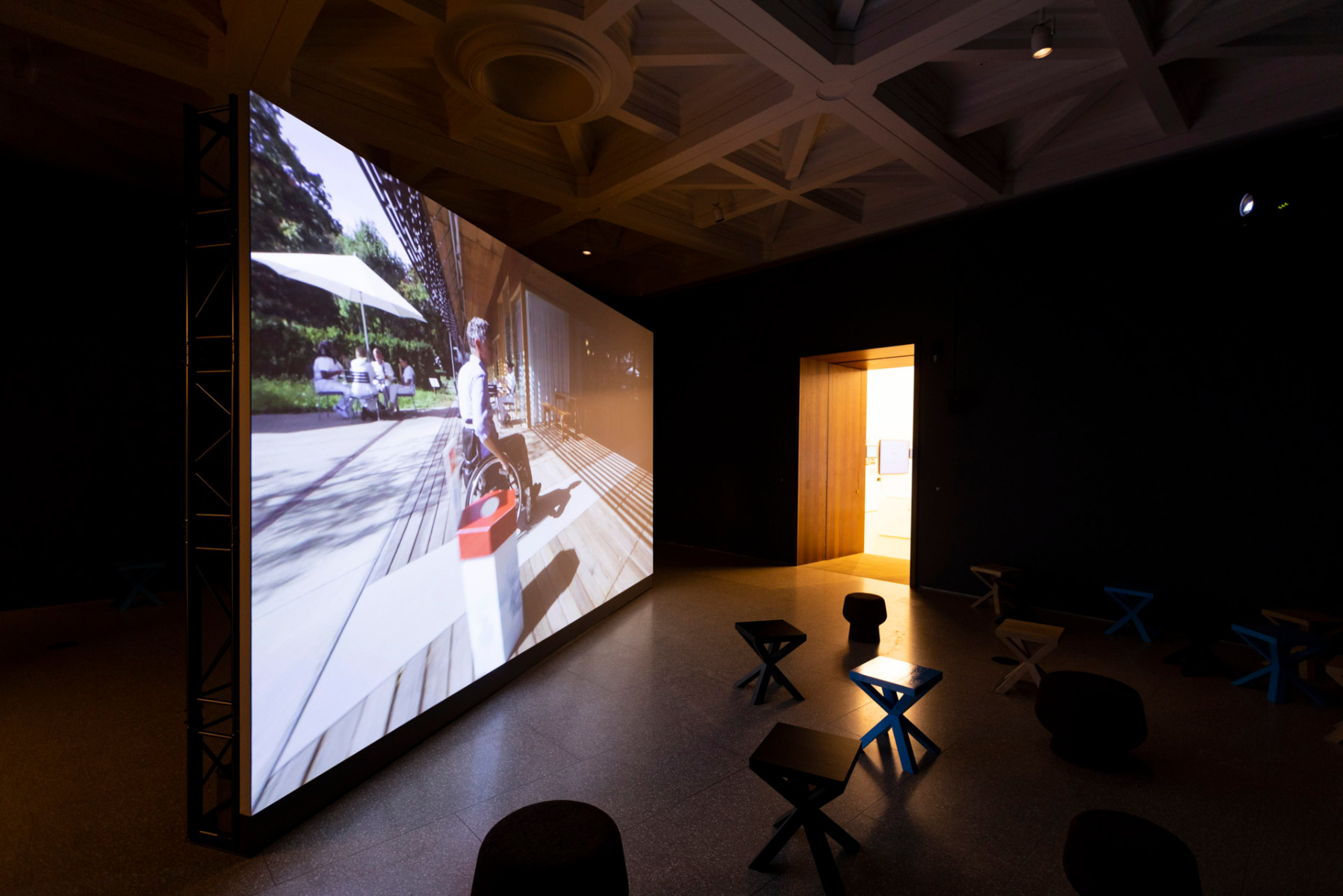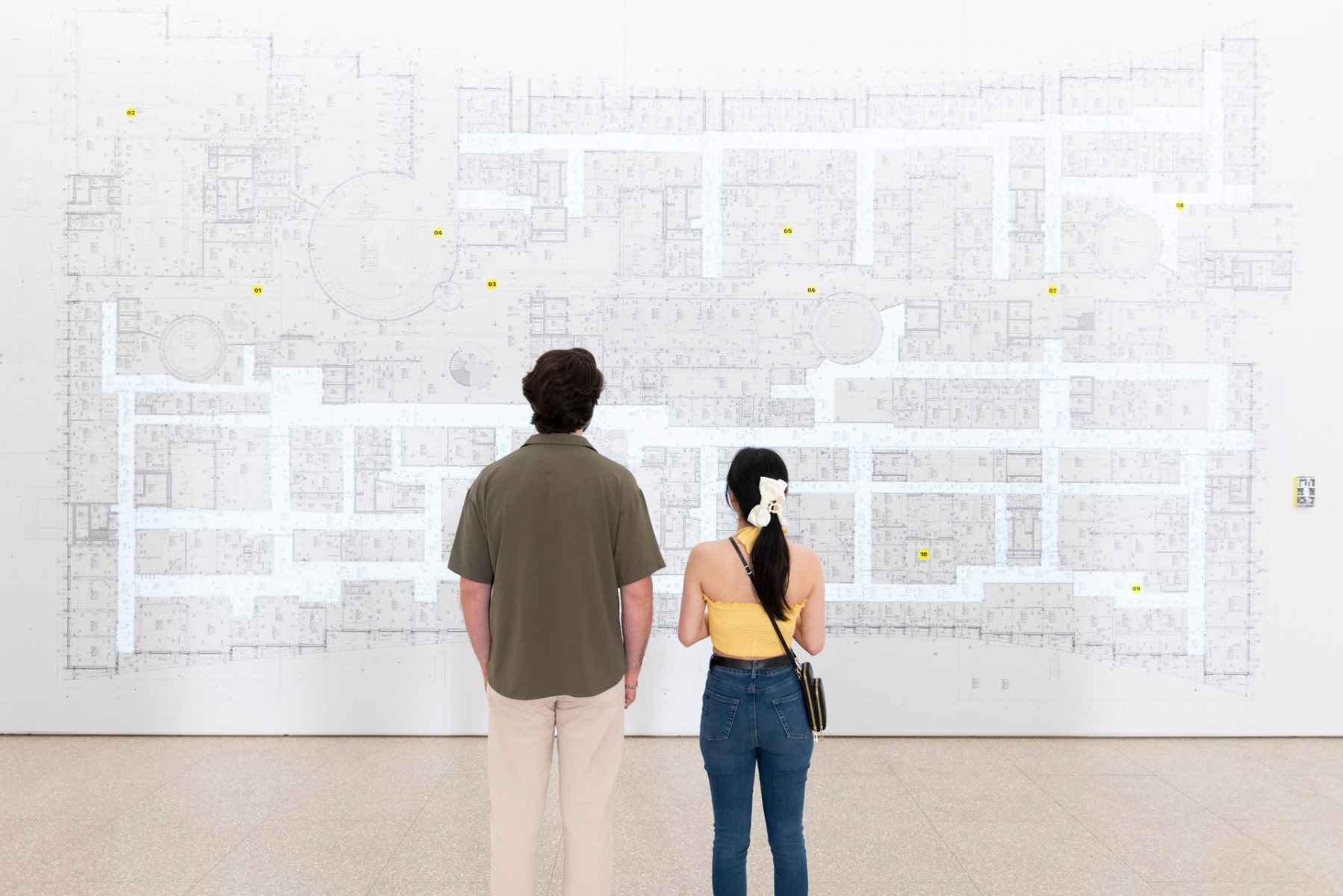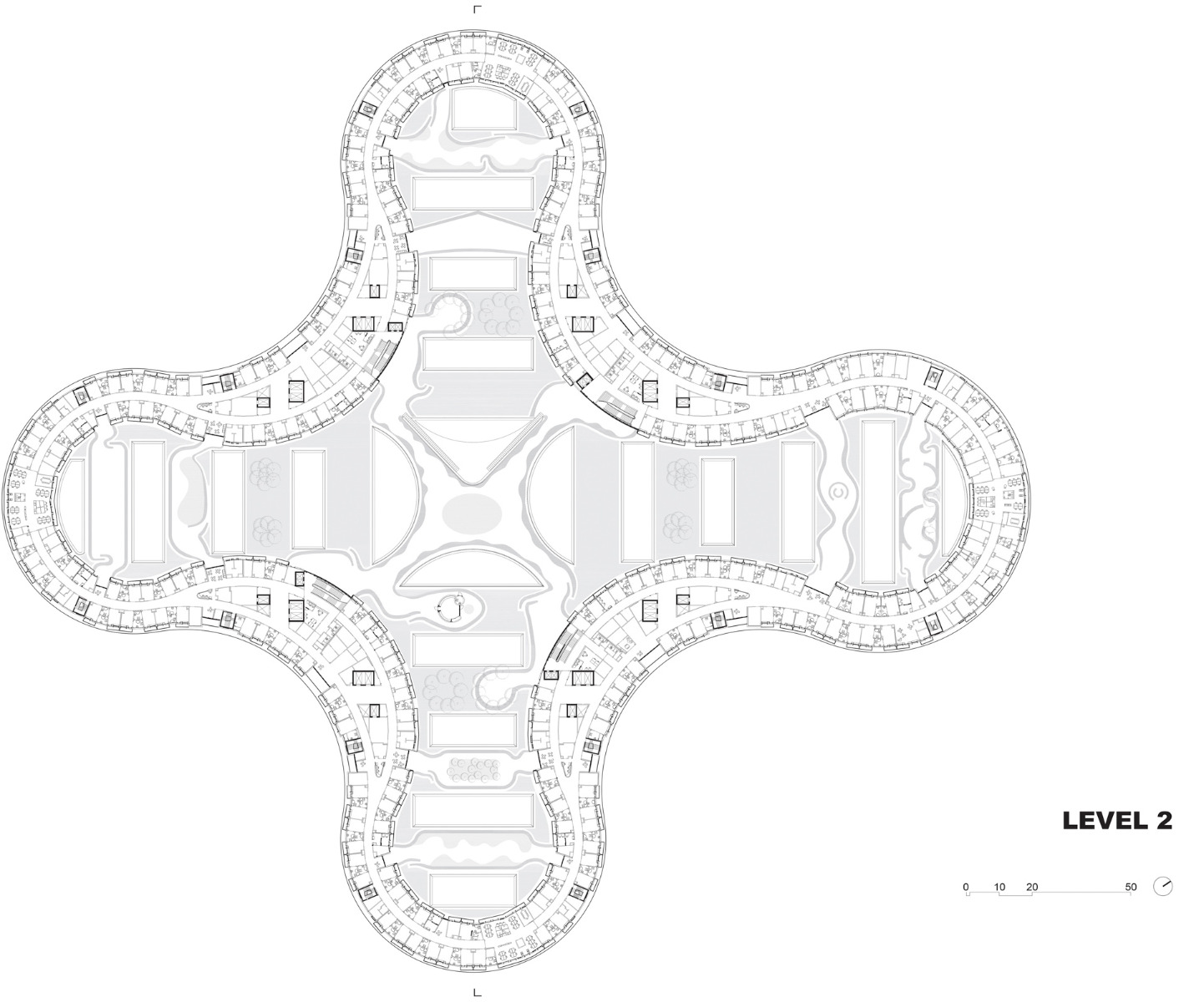Exhibition review
Herzog & de Meuron’s Cabinet of Wonders

The Herzog & de Meuron exhibition at the Royal Academy of Arts in London features models from the architects' archive. Photo: © Royal Academy of Arts, London / David Parry. © Herzog & de Meuron
In the Royal Academy in London the Basel-based architects Herzog & de Meuron provide insights into their working methods and put everyday life in their buildings on display.


Models, material samples, drawings and objects are displayed in large wooden cabinets. Photo: © Royal Academy of Arts, London / David Parry. © Herzog & de Meuron
The first room of the Herzog & de Meuron exhibition presents itself as a cabinet of wonders. Models, material samples, drawings and objects are in large wooden cabinets. They are replicas of the originals found in the architects’ own archives. On the walls atmospheric colour prints of projects photographed by Thomas Ruff and Andreas Gursky show surreally enlarged perspectives of the buildings. Visitors can even enjoy an easy-to-use augmented reality app, bringing oversized views of building details into focus superimposed upon the surrounding gallery space.
Architecture and everyday life
Two films in the second room are also instructive. One is a beautifully three-screen installation showing buildings and their surroundings in busy everyday life. A powerful reminder that too many architectural reviews and photographs focuses on the sterile building immediately after completion. However, the true essence of architecture only becomes apparent when the architects have long since gone home and the buildings are gradually filled with life.


This installation view of the Herzog & de Meuron exhibition at the Royal Academy of Arts, London, features Bêka & Lemoine, Rehab from rehab film, 2023. photo © Royal Academy of Arts, London / David Parry. © Bêka & Lemoine
The second film deals with the Basel rehabilitation clinic for individuals with neurological and physical impairments. Filmmakers Bêka & Lemoine’s approach is understated; the architecture is not explained but is merely a backdrop for the everyday life of five patients. With leafy green courtyards, light-filled rooms and a spa-like pool, not to mention the impressive staff-patient relationship, it becomes clear how this building helps people heal. Strangely enough the high costs for the well thought-out project go unmentioned.


Herzog & de Meuron. REHAB Basel, 1998-2002, 2018-19. Photo: © Katalin Deér
Processes of planning
The final room focuses on a single project – the uncompleted Children’s Hospital in Zurich – and features everything from detailed drawings to renderings that illustrate the painstaking computer-aided process that is an important part of making architecture these days. The film is very technical and holds limited appeal for non-professionals. This group of visitors is advised to watch the films and photos by Gursky and Ruff instead. Their depictions portray how architecture and art merge, just as the works of Herzog & de Meuron convincingly demonstrate. A visit of the exhibition is worthwhile for this reason alone. However, the age-old conundrum on how to convincingly exhibit architecture remains a dilemma this exhibition cannot solve either.
Exhibition: Herzog & de Meuron
Exhibition venue: Royal Academy of Arts, Burlington House, Piccadilly, London (GB)
Exhibition dates: 14 July to 15 October 2023
Opening hours: Tuesday to Sunday 10 am–6 pm; Friday 10 am–pm; closed on Mondays
More Information: royalacademy.org.uk
Learn more about Herzog & de Meuron and over 20 groundbreaking projects in the Herzog & de Meuron monograph by Edition Detail.









